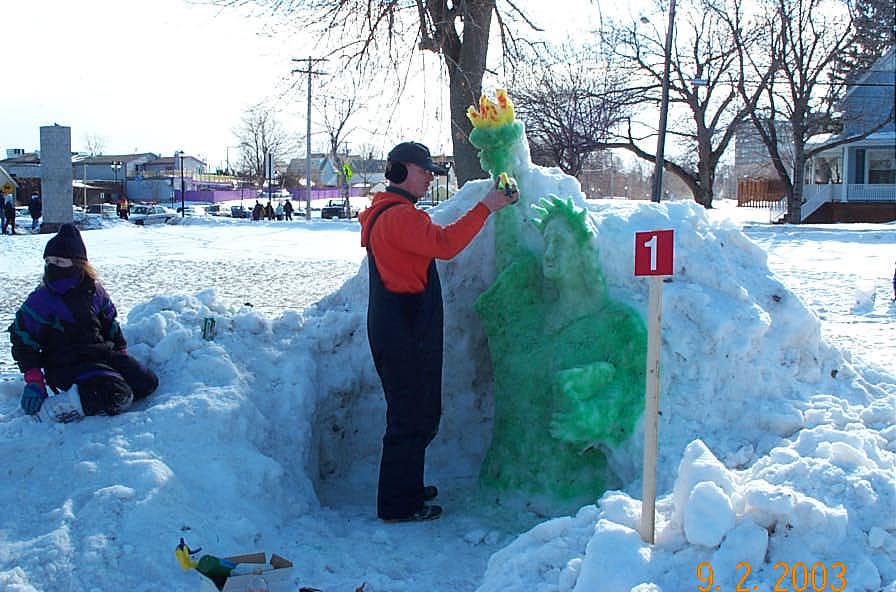 |
| Mineral identification app for the iPad |
It's pretty hard not to notice how ubiquitous mobile media consumption has become in the last 2 to 3 years. Comscore's
2010 US Digital Year in Review reports that "nearly 47 percent of mobile subscribers [are] connected media users" -- accessing information through browsers, apps, etc. Some institutions, like Long Island University, have started
iPad Projects to assess the effect of new media technology on learning. At
Visionlearning, our yearly assessment showed a remarkable increase in users accessing our site through mobile devices like iPads and smart phones.
So with this in mind, it begs the question: is mobile access the way of the future? If so, how does this change the way we (educators) disseminate information both within and outwith the classroom? And where is the content for use on these devices coming from?
There is currently a noticeable dearth of materials out there for educators and students to access. Most educational publishers seem to be going the route of exporting their textbooks into ePub and PDF format for use through apps like Stanza and iBooks. At the end of the day, though, how different is reading a book on a screen from reading it in paper format? It may be easier to carry, but in terms of its effect on learning...reading is reading.
There are many wonderful apps out there, as well -- everything from conversion tools to homework helpers. Though, again, these are created more toward revision and providing support (just like a calculator) than expanding the learning process. We can't help but feel that there is something more that these devices can be doing. Is the way forward about creating more interactive experiences? And if so, how will these experiences differ from those a student might get in the classroom or lab? What are the benefits?
You can see there are a lot of questions, but not so many answers. Part of that may simply be that it is up to each of us to define how we use these devices and why. A significant part, though, may be that we aren't necessarily sure, yet, how the devices can enhance learning in a truly effective way -- at least not in a way that isn't already being tried with Multiple Intelligence/Learning Style theory.
What do you think? Is iPad, etc., usage in the classroom just another fad? How would you like to use these devices in teaching and/or learning?













